No, this is generally good design, it helps keep your view controllers concise. However you should be using the view controller containment pattern, take a look at the following documentation.
Implementing a Container View Controller
This is incredibly simple to setup using Interface Builder with Storyboards as well, take a look at the Container View in the object library.
Here is a contrived example in a Storyboard. In this example you would have 4 view controllers, one that holds the 3 containers, and one for each container. When you present the left most controller that has all of the containers, the Storyboard will automatically initialize and embed the other 3. You can access these child view controllers via the childViewControllers property or there is a method you can override prepareForSegue:sender: and capture the destination view controllers of the segue about to be called. This is also a good point to pass properties to the child view controllers if any are needed.


